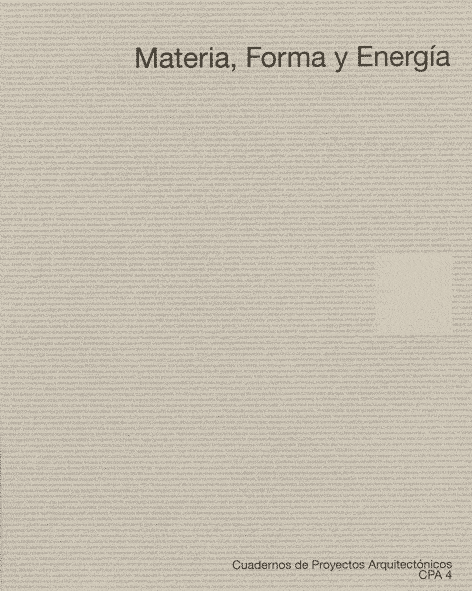La ciudad Interior. Infinitud y concavidad en la No-Stop City (1970- 1971) = The Interior City. Infinity and Concavity in the No-Stop City(1970-1971)
Palabras clave:
Branzi, disolución, pop, marxismo, neovanguardias, dissolution, Marxism, neo-avant-gardeResumen
Resumen
A finales de los 60 se había hecho evidente como la tecnificación del ambiente había permitido a algunas tipologías (supermercados, aparcamientos, fábricas) alcanzar profundidades construidas potencialmente ilimitadas e independizarse del afuera. La No-Stop City nace de una idea sencilla: extender esta tecnificación a la totalidad de lo construido para englobar, no sólo la práctica totalidad de funciones, sino, en última instancia, toda la ciudad. Esta operación tiene efectos paradójicos: a medida que la arquitectura crece, pierde la mayoría de características que la han definido tradicionalmente. Una disolución por hipertrofia que da lugar a un espacio homogéneo, cóncavo y potencialmente infinito.
Pero, además de la pura factibilidad técnica, existen dos influencias clave y aparentemente contradictorias que explican esta apuesta por una ciudad interior e ilimitada: el marxismo y al Pop Art. El proyecto es, en muchos sentidos, un manifiesto construido que refleja la militancia de los miembros del grupo en el seno del marxismo italiano. Pero es también la plasmación del interés declarado del grupo por el Pop Art, la cultura popular y la sociedad de masas. La influencia cruzada de comunismo y consumismo explica esta “utopía cuantitativa” en la que se hacen coincidir la sociedad y la fábrica, la producción y el consumo. Una ciudad basada en la centralidad de los objetos de consumo y la subsiguiente pérdida de protagonismo de la arquitectura, en la que lo urbano, al tiempo que se extiende sin límites sobre el territorio, ignorando su exterioridad rural, disuelve el hogar como ámbito de privacidad, ignorando su interioridad doméstica.
Un proyecto que, en la estela también de Marshall McLuhan, ilustra como pocos la conversión de lo urbano en una “condición” virtualmente omnipresente y que nos sigue interrogando con preguntas que son, por otra parte, eternas: ¿Qué es un edificio? ¿Qué es una ciudad?.
Abstract
In the late 60s it had become clear how the environment technification had allowed some typologies (supermarkets, car parks, factories) to reach potentially unlimited built depths becoming, therefore, independent from the outside. The No-Stop City is born from a very simple idea: to extend this technification to the totality of built reality encompassing, not only almost all functions, but ultimately, the whole city. This operation has paradoxical effects: as architecture grows, it loses most of the features that have traditionally defined it. A dissolution by hypertrophy that gives rise to an homogeneous, concave and potentially infinite space.
But beyond the pure technical feasibility, there are two key influences, seemingly contradictory, that explain this endeavor for an interior and endless city: Marxism and Pop Art. The project is, in many senses, a built manifesto reflecting the militancy of the group members within the Italian Marxism. But it is also the embodiment of the group's declared interest in Pop Art, popular culture and mass society. The cross-influence of communism and consumerism explains this "quantitative utopia" in which the society and the factory, the production and consumption, would match. A city based on the centrality of consumer products and the subsequent loss of prominence of architecture, in which the urban phenomenon, while spreading endlessly over territory, ignoring its rural exteriority, dissolves the home as a sphere of privacy, ignoring its domestic interiority.
A project, also in the wake of Marshall McLuhan, that illustrates like few others the conversion of the urbane into a virtually omnipresent "condition" and that still interrogates us with questions that are, on the other hand, eternal: What is a building? What is a city?.
Descargas
Descargas
Publicado
Número
Sección
Licencia
1. Los autores conservan los derechos de autor y garantizan a la revista el derecho de una Licencia Creative Commons Atribución-NoComercial-SinDerivar 4.0 Internacional que permite a otros compartir el trabajo con un reconocimiento de la autoría.
2. Los autores pueden establecer por separado acuerdos adicionales para la distribución no exclusiva de la versión de la obra publicada en la revista (por ejemplo, situarlo en un repositorio institucional o publicarlo en un libro).












